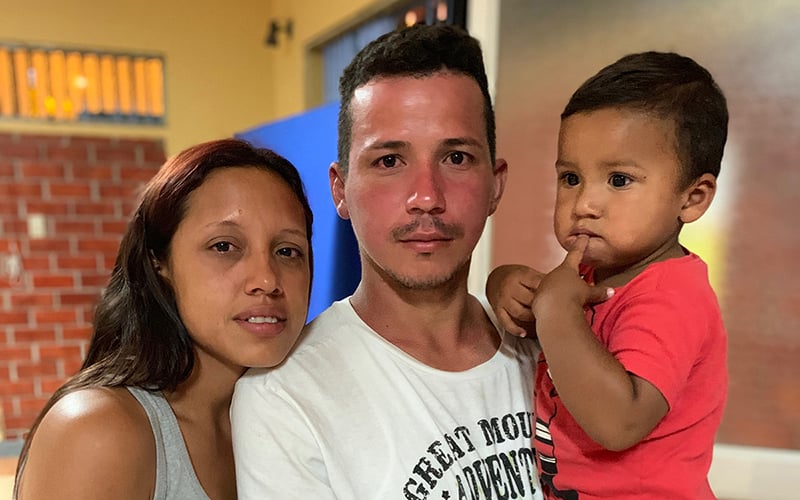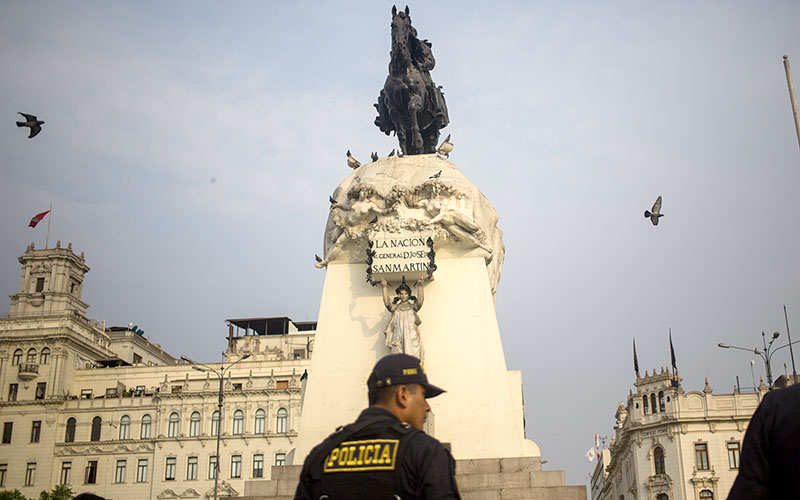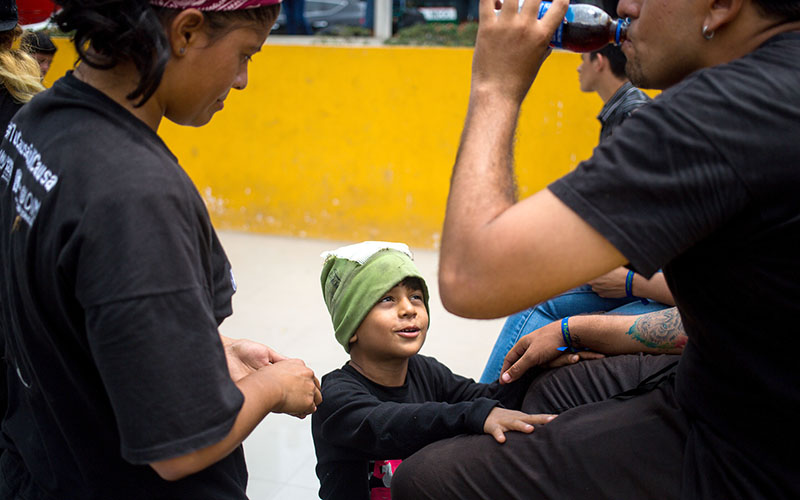Seeking stability: Venezuelans in Peru
Venezuelan refugees arrive daily in Peru, having crossed more than 2,000 miles of Colombia and Ecuador. They come by car, bus and on foot. They’re part of the largest mass migration ever in the Western Hemisphere – at least 3 million displaced people over the past four years. Peru alone has taken in 700,000 people, welcoming them with relatively open arms. But the influx is straining the nation’s housing, labor and health care systems – and may permanently change Peru’s population and culture.
With Venezuela in turmoil, migrants and refugees turn to Peru
‘The cellphone does everything’: Smartphones, internet access are key tools of 21st century migration
Venezuelan professionals find it costly, difficult to pursue careers in Peru
Venezuelans in Peru worry that media’s focus on crime spurs lies, hatred
Schools in Peru are under added pressure from wave of Venezuelan migrants
Peru holds out some hope for Venezuelan migrants with HIV
Red tape, chaos in Venezuela prevent ‘brain drain’ from aiding Peru
Venezuelan artists strive to survive, make a difference in Peru
Influx of Venezuelans sorely tests Peru’s economy and labor market
As Peru welcomes Venezuelan refugees, its immigration system is overwhelmed
On the border of a new future: Young Venezuelans in Peru
A child of two nations: Hope for ‘democracia’ in Peru spurs new parents
Even as they adapt to life in Peru, Venezuelans dream of returning home
Sewing class in Peru is ‘home’ for Venezuelan woman
About the project
Student reporters spent two semesters studying issues related to the Venezuelan refugee crisis and eight days on the ground reporting from Peru, where they were led and guided by Cronkite School faculty members.
The project was made possible by a grant from the Howard G. Buffett Foundation, the Illinois nonprofit organization founded by the international photojournalist, author and philanthropist.














